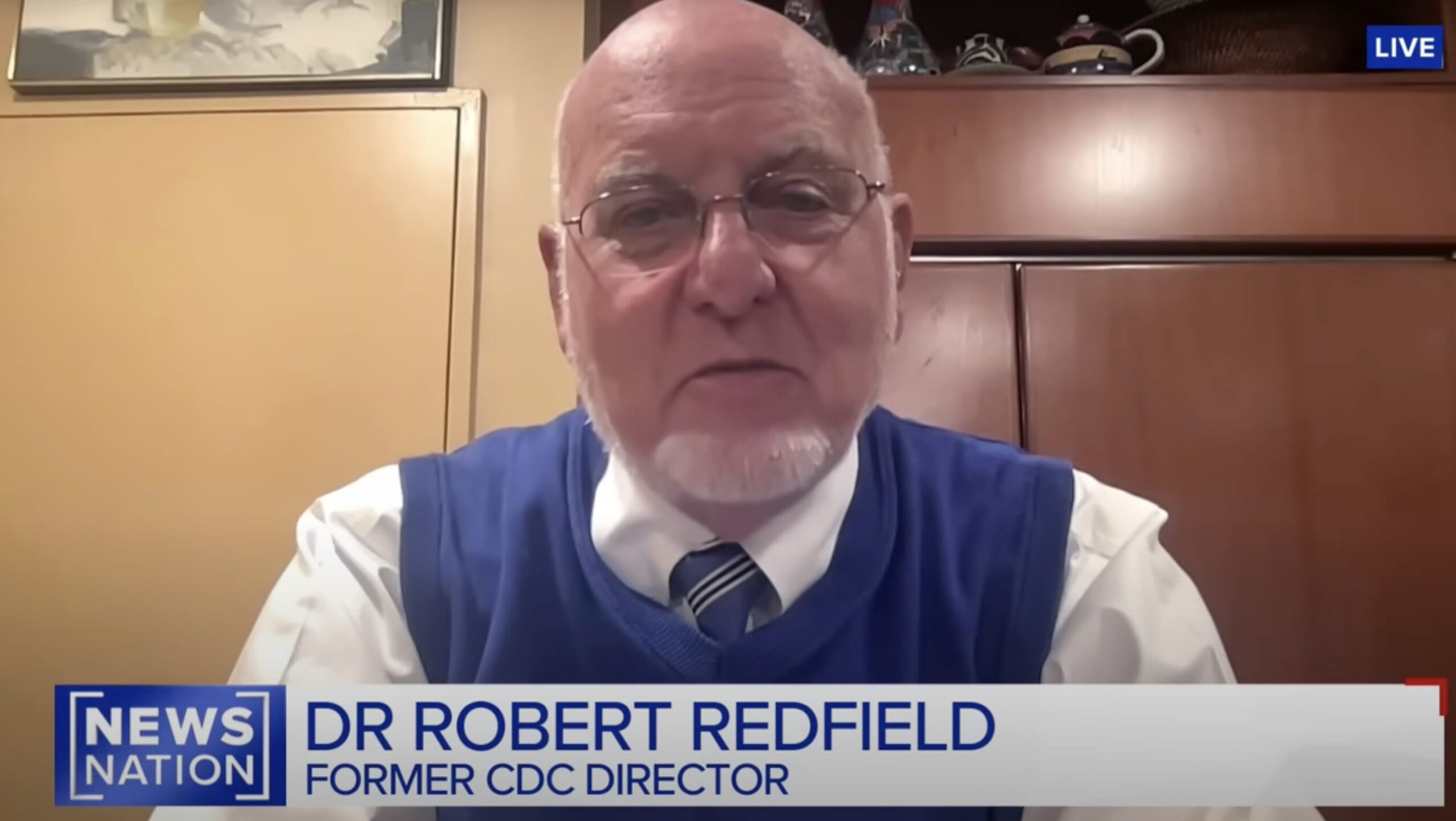Ebola Response Priorities in the Time of Covid-19
By Athalia Christie, M.I.A., John C. Neatherlin, M.P.H., Stuart T. Nichol, Ph.D., Michael Beach, Ph.D., and Robert R. Redfield, M.D.
On April 10, 2020, a total of 53 days after the last patient with Ebola virus disease (EVD) had been isolated and more than 23 months since the start of the 10th EVD outbreak in the Democratic Republic of Congo (DRC), a new confirmed case was reported in the Beni health zone. This case, and the six that followed, brought the total to 3462 cases — the second-largest Ebola outbreak in history. Although the outbreak was declared over on June 25, 2020, additional cases attributable to persistently infected survivors may occur. Therefore, surveillance and rapid-response capacity should be maintained, not only for a duration equivalent to two incubation periods (42 days) after the last confirmed case tested negative, but also for at least 90 additional days of enhanced surveillance.
In the 2013–2016 Ebola epidemic in West Africa, there were at least eight flare-ups from persistently infected survivors, which extended the required response for 11 months after the first declaration of Ebola-free status by the Liberian Ministry of Health.1 During the 10th DRC outbreak, a single relapsed case of EVD resulted in at least 74 additional infections in 13 health areas in six health zones, extending the need for the full response effort by several months.2 Missed Ebola cases and reignition of the 10th outbreak, when the impact may be amplified by a lack of attention and resources due to the Covid-19 pandemic and the declaration of the 11th DRC Ebola outbreak in Equateur Province, could be devastating for DRC and neighboring countries.
As ongoing transmission in the 10th outbreak narrowed to two health zones in late February 2020, the Ebola response operation decommissioned 4 of its 10 local coordination units. The responsibility for Ebola activities was transferred to the provincial health authorities without clear operational plans or provision of training, staff, or resources. In addition, the national leadership for the Ebola response was also tasked with overseeing the DRC Covid-19 response, and many Ebola-response staff members were shifted to Covid-19 activities. The loss of technical capacity, resources, and focus puts the quality of ongoing EVD surveillance at risk.
To maintain the ability to rapidly detect and respond to new EVD cases, we recommend that the response partners, including U.S. government agencies, initiate or strengthen the critical strategies discussed below. Where possible, these activities should be broadened to include surveillance and detection of Covid-19 cases and to strengthen provincial capacity for surveillance and infection prevention and control generally.
First, health care facility–based (HCF) surveillance should be prioritized. Such surveillance is the cornerstone of routine systems for reportable diseases. Between October 2019 and March 2020, some 44% of HCF surveillance alerts met the EVD case definition, as compared with 4% of community-based surveillance alerts (according to an analysis of the DRC EVD response alert database by the Centers for Disease Control and Prevention). HCF surveillance also required fewer staff members and less funding than community-based surveillance. Strengthening HCF surveillance could also improve reporting for all outbreak-prone diseases, including Covid-19. To maximize its impact, this activity could be focused in areas with recent EVD transmission, relatively weak surveillance, and large concentrations of survivors.
Second, postmortem surveillance for EVD should be implemented using rapid diagnostic tests (RDTs) approved for emergency use. Before the outbreak, EVD surveillance was challenging, as evidenced by the 3-month lag between the likely start of the outbreak in April 2018 and the first laboratory confirmation of an Ebola case. Though the response team implemented comprehensive EVD surveillance, it was developed in parallel to the local public health structure. As resources diminish and responsibility transfers back to local authorities, postmortem testing could be an effective strategy for EVD case detection. RDTs performed at, or in proximity to, the place of death, could allow for bodies that test negative to be given back to families more quickly, thereby reducing community resistance to other EVD response measures. Using point-of-care RDTs, rather than a polymerase-chain-reaction (PCR) test, would also free up laboratory personnel, resources, and facilities for Covid-19 and other testing.
Third, new close contacts of EVD survivors should be vaccinated. The potential for sexual transmission of EVD from male survivors continues for at least 500 days after disease onset.3 In addition, EVD relapse has been documented.2 Since survivors may have different sexual or household contacts over time, their contact networks should be continually reassessed at survivor clinics. Vaccination of new close contacts of survivors would increase their level of protection and reduce potential onward transmission. Depending on vaccine availability, this effort could be narrowed to sexual contacts of male survivors with a positive PCR test.
Fourth, catch-up vaccination should be provided to health care workers. There were 60,423 frontline workers who received the rVSV-ZEBOV vaccine under compassionate-use protocols during the response. Even though nosocomial transmission was a major driver of the outbreak, only 5% of confirmed cases were in health care workers.4 However, a portion of health care workers remain unprotected, possibly because of staff turnover, reluctance to receive an investigational vaccine, or the logistic and financial burden of traveling to a vaccination site. Although the total duration of protection from the vaccine is unknown, it has been documented that virus-specific antibodies persist for up to 2 years.5 Catch-up vaccination of health care workers will protect them for at least the longest period known to have elapsed between disease onset and relapse or sexual transmission.
Fifth, real-time genetic sequencing should be integrated with epidemiologic investigations. By early August 2020, the Institut National pour la Recherche Biomedicale had publicly shared 765 genetic sequences derived from clinical specimens obtained during the 10th EVD outbreak. Linking genetic sequences with epidemiologic data in real time, however, proved challenging. On the basis of epidemiologic links, a large cluster of cases that began in late November 2019 was erroneously assumed to be one transmission chain, until months later when genetic sequencing revealed that a number of the specimens were most likely from separate chains. Real-time integration of genetic sequencing with epidemiologic data would help focus investigations and provide testing of transmission hypotheses, which could in turn lead to the identification of additional contacts for vaccination and monitoring.
Sixth, the United States should develop an operational strategy for outbreak response in conflict zones. Northeastern DRC has suffered from decades of conflict, with the proliferation of nonstate armed groups and community-based militia, and a worsening humanitarian crisis. The use of security forces for protection of Ebola response workers, allegations of improper use of funds, and community mistrust of United Nations peacekeepers, the national government, and nonlocal Congolese impeded response activities. In late August 2018, the U.S. government evacuated its staff to the periphery of the Ebola outbreak area because of security concerns. Some other foreign governments followed suit. Numerous attacks on health care facilities and response workers occurred in areas with active transmission. However, outbreaks will continue to occur in insecure areas and, as Covid-19 has demonstrated, global health will continue to be a national security issue. These realities underscore the importance of developing a U.S. operational strategy for responding to outbreaks in conflict zones that enables public health experts to rapidly deploy to these areas during emerging health crises. This strategy should include appropriate risk-mitigation measures and evacuation plans that allow early, safe, and continuous access to the outbreak area.
The likelihood of new EVD cases, combined with the understandable pivot of national and international staff and attention to Covid-19 and the new Ebola outbreak, makes it imperative that we build sustainable capacity to detect and rapidly respond to Ebola in eastern DRC. Integrating the activities outlined above with the fundamental EVD control strategies of case investigation, contact tracing, isolation, and safe burials will help ensure that DRC’s 10th outbreak does not reignite, while serving as a blueprint for strengthening the response to the 11th and future outbreaks.
Relevant and recent posts






